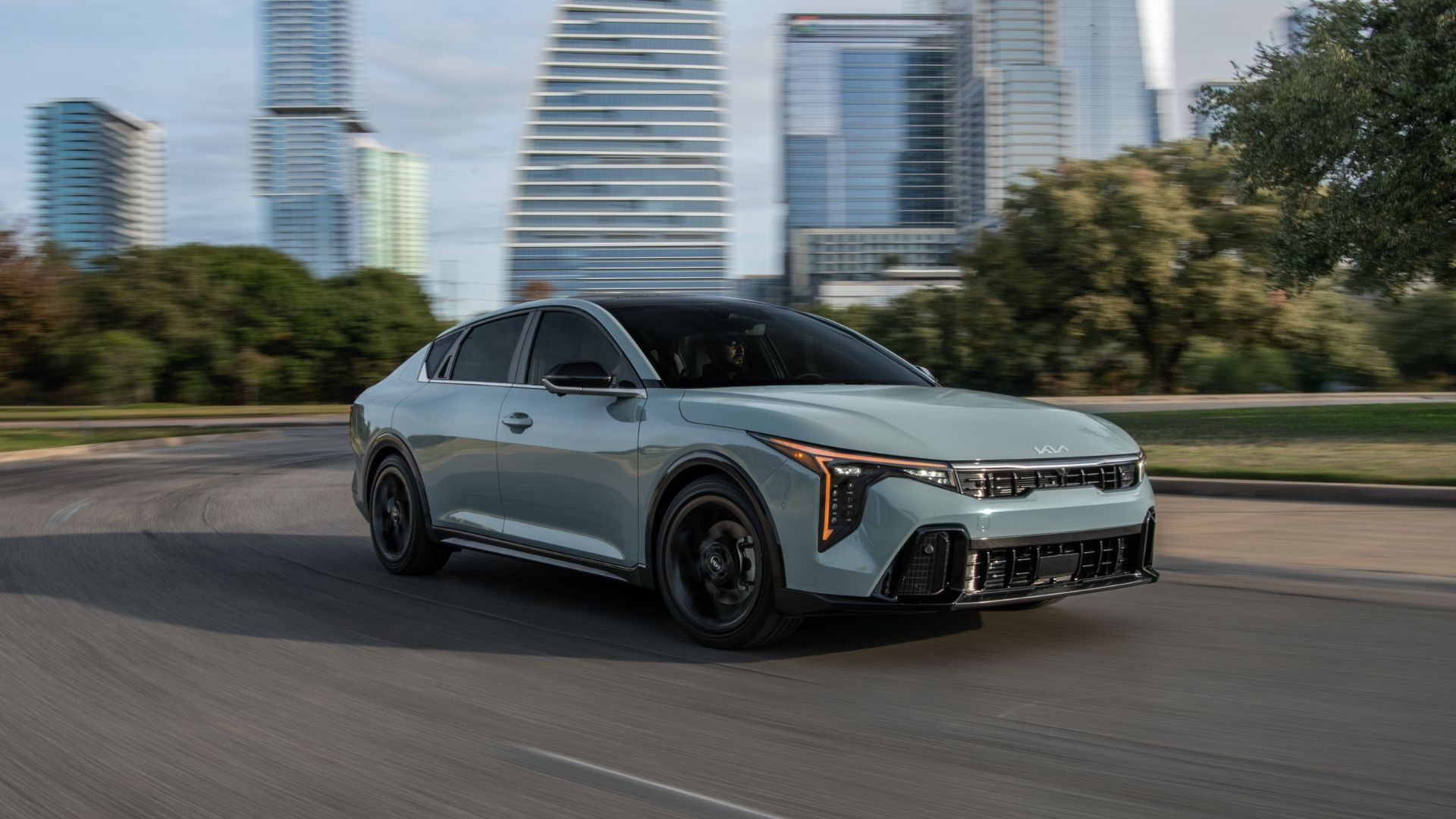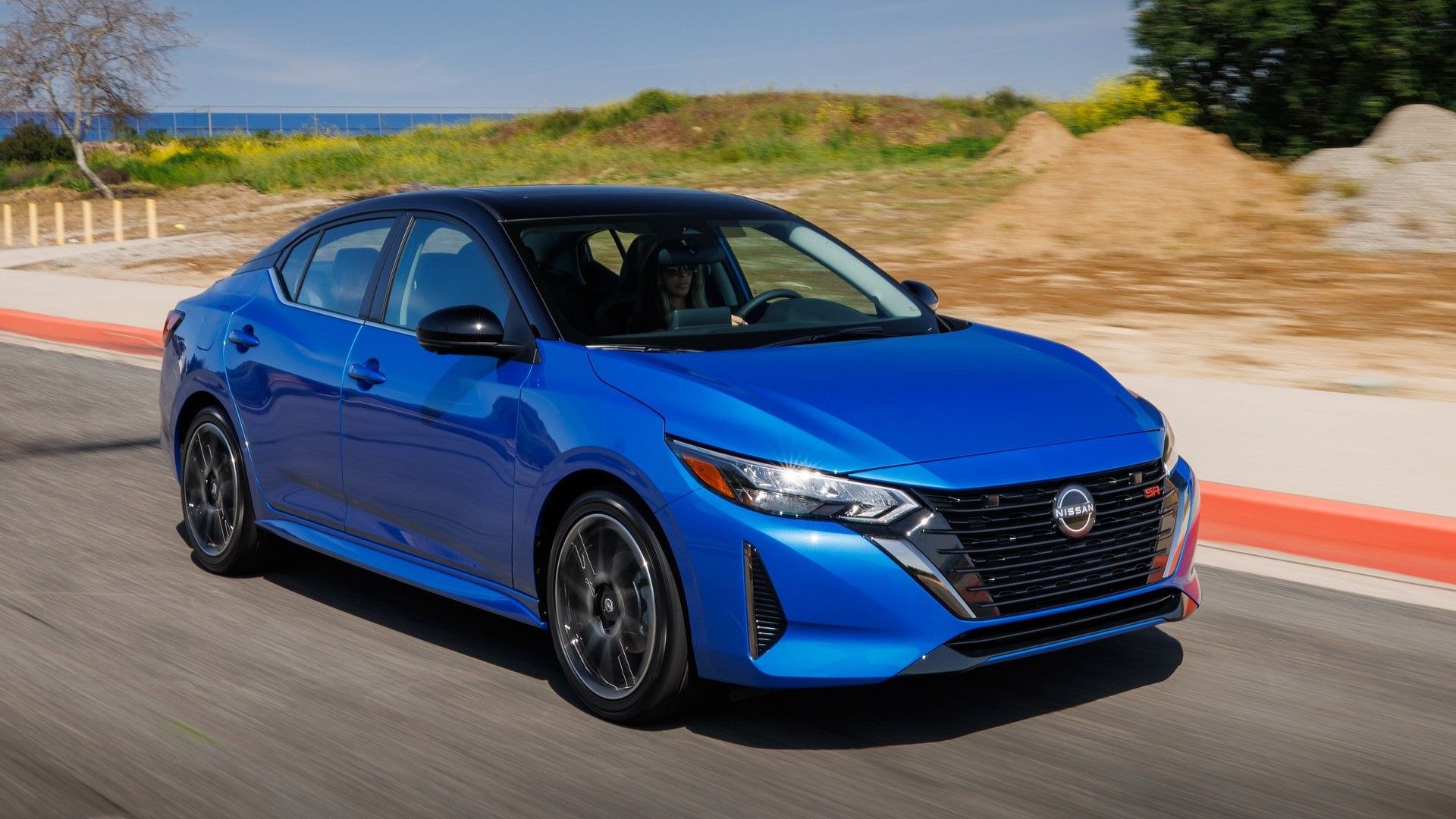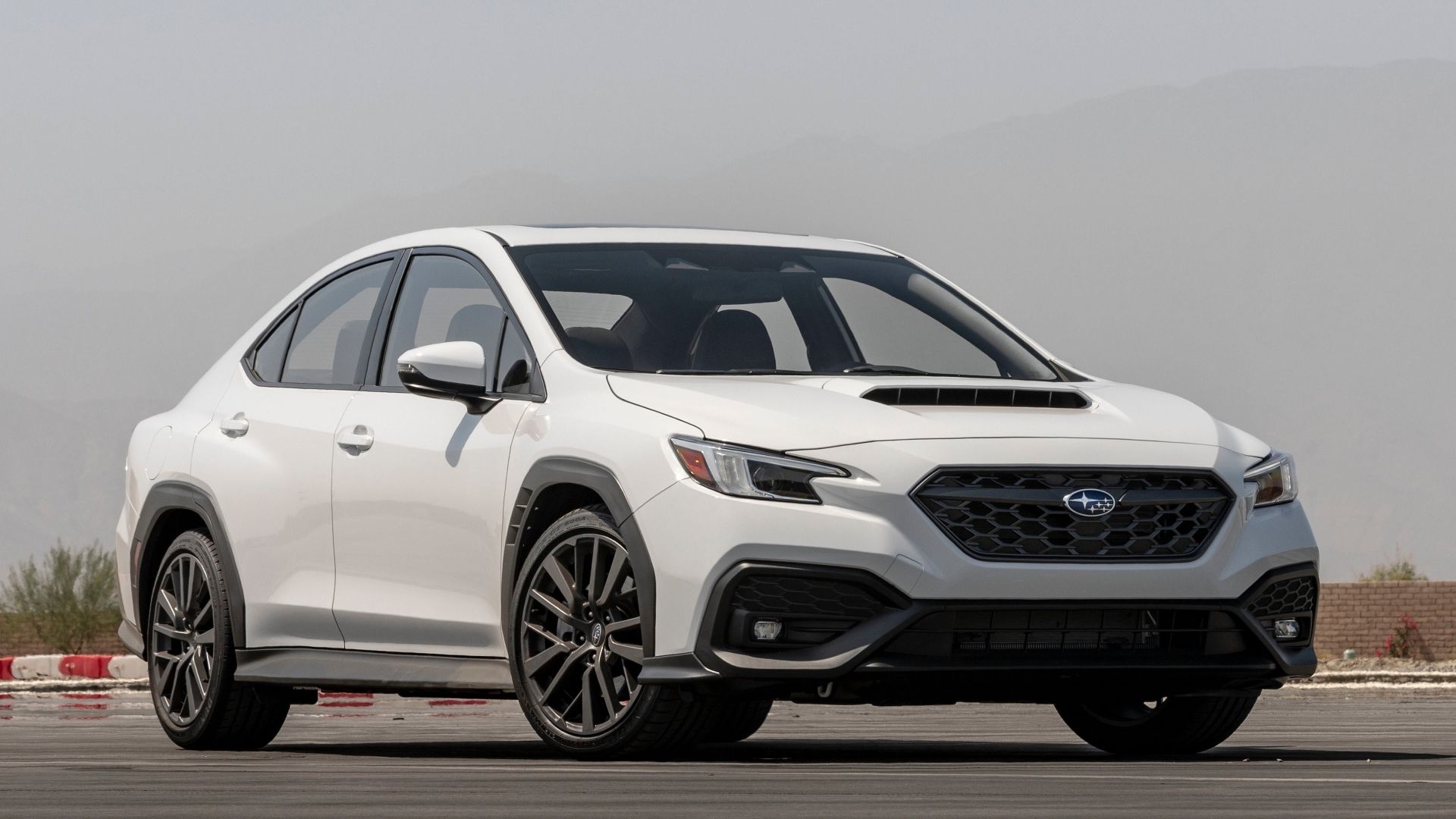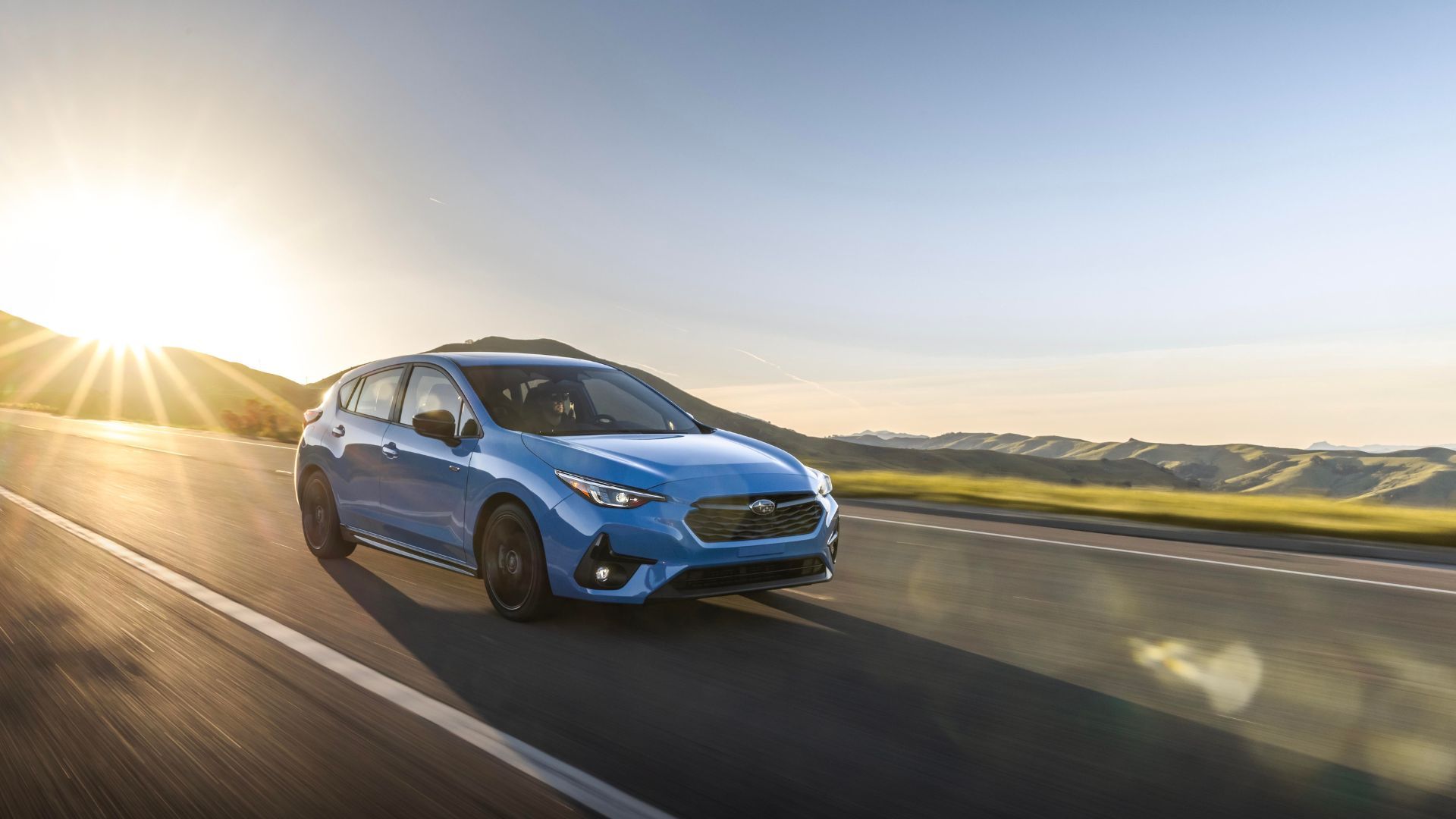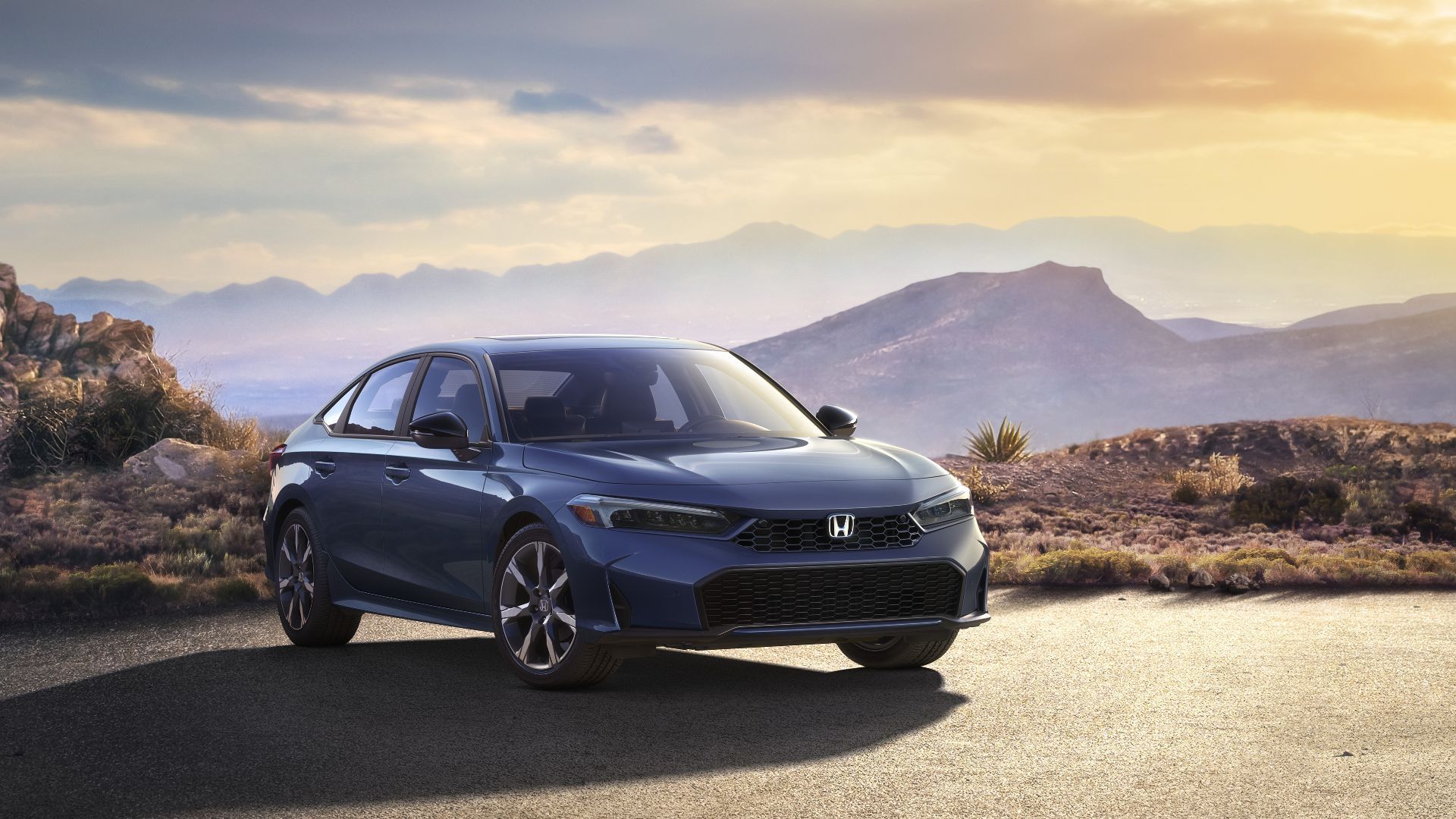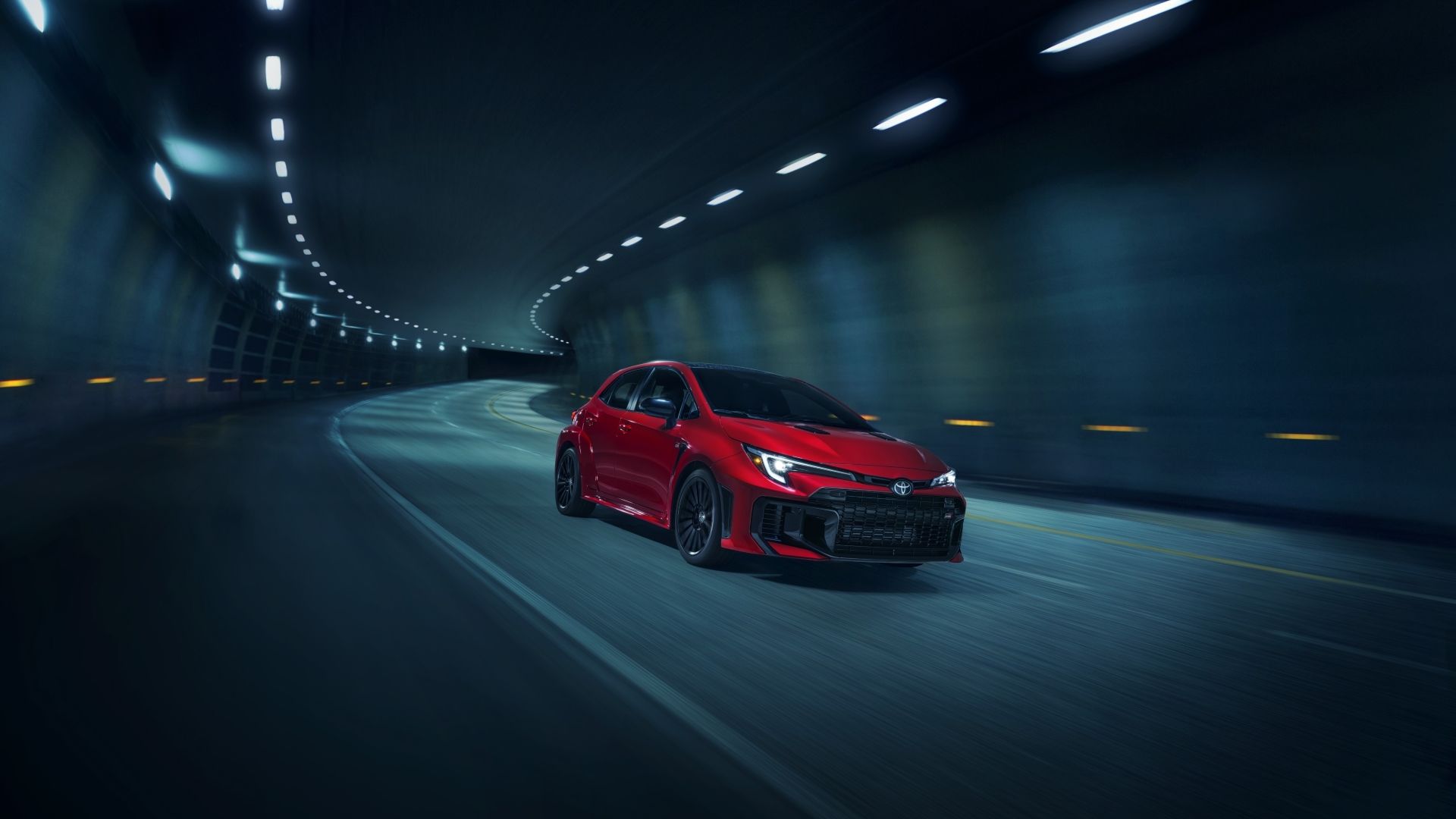One of the biggest hidden costs to buying a new car comes in the form of depreciation. It may not hit you right away, but when you’re ready to sell your car and move on, it can be a massive pain. If you shop cleverly, though, you can get a car that gets you a good chunk of your money back.
When you buy a car, particularly a new car, you’re accepting that you’re going to lose a big chunk of the money you invest. How much money you lose, however, depends on the car you get. Most of the time, affordable mainstream cars hold their value the best, with luxury cars and sports cars depreciating the most.
We’ve found ten models that hold their value better than other cars on the market, depreciating the least over five years. These cars are some of the best value-oriented options on the market. We explore what else helps them stand out in their individual segments and what kind of performance you can get out of them.
In order to give you the most up-to-date and accurate information possible, the data used to compile this article was sourced from various manufacturer websites and other authoritative sources, including CarEdge and TopSpeed. Depreciation rates were sourced from CarEdge. This article focuses on cars, excluding crossovers and SUVs.

Related
10 EVs That Depreciate The Most After 2 Years Of Ownership
You should avoid these cars new, but used examples are a bargain.
10
2025 Volkswagen Jetta
Depreciation After Five Years: 37%
Volkswagen, particularly in the modern age, is all about sensibility. The Jetta has offered an affordable and pragmatic solution to those looking to get behind the wheel of a four-door sedan. With a starting MSRP of $22,495, it is also one of the most affordable new cars you can buy.
Performance Specifications
|
Engine |
1.5-Liter Turbocharged Inline-Four |
|
Transmission |
8-Speed Automatic |
|
Horsepower |
158 HP |
|
Torque |
184 LB-FT |
|
Driveline |
FWD |
|
0-60 MPH |
7.1 Seconds |
|
Top Speed |
126 MPH |
The Jetta is clearly tuned for quiet comfort, with a ride quality that will surprise and impress you. However, push it to its limits a bit and you’ll find out that it is capable of being a little thrilling too. It is also capable of getting up to 41 miles per gallon on the highway.
Pros
- Spacious interior
- Excellent ride quality
- Light on fuel
Cons
- Manual transmission is gone for 2025
- Too much reliance on touch controls
- Its platform is growing old
9
2025 Kia K5
Depreciation After Five Years: 36%
Kia is killing it at the moment, with top competitors in just about every segment. The K5 is up against some tough rivals in the form of the Honda Accord and the Toyota Camry, but it holds its own well. The starting price of the newest 2025 model sits at $27,190, undercutting most of its competition.
Performance Specifications
|
Engine |
2.5-Liter Naturally Aspirated Inline-Four |
|
Transmission |
8-Speed Automatic |
|
Horsepower |
191 HP |
|
Torque |
181 LB-FT |
|
Driveline |
FWD or AWD |
|
0-60 MPH |
7 Seconds |
|
Top Speed |
128 MPH |
Front-wheel drive and a naturally aspirated four-cylinder engine is the standard arrangement on the K5. To get all-wheel drive, you have to upgrade to the GT-Line model. A turbocharged engine is available in the K5 GT which puts out an impressive 290 horsepower.
Pros
- Sports sedan styling
- The GT model is impressive
- Loads of standard features
Cons
- Driving position is too high
- Big tires compromise ride quality
- GT model needs summer tires
8
2025 Kia K4
Depreciation After Five Years: 36%
Replacing the Forte, and making use of its underpinnings, the K4 is all-new for the 2025 model year. It is a big step up from Kia’s old compact sedan, clearly drawing inspiration for the K5 and the old Stinger. It also features competitive pricing, starting at an impressively low $21,990.
Performance Specifications
|
Engine |
2.0-Liter Naturally Aspirated Inline-Four |
|
Transmission |
CVT |
|
Horsepower |
147 HP |
|
Torque |
132 LB-FT |
|
Driveline |
FWD |
|
0-60 MPH |
8.2 Seconds |
|
Top Speed |
124 MPH |
Perhaps not the fastest option out there, the K4’s base engine puts out a humble 147 horsepower. However, paired with the standard CVT, this can get you up to 40 miles per gallon on the highway. The GT-Line model comes with a 190-horsepower turbocharged engine instead.
Pros
- Great curb appeal
- Spacious for its class
- High ceiling for comfort
Cons
- Base engine needs more power
- No hybrid option
- GT-Line model still isn’t all that exciting

Related
The Best Budget Cars With Premium Tech That Rival Luxury Vehicles
These budget-friendly rides pack in premium tech, sleek design, and performance—without the hefty price tag.
7
2025 Nissan Sentra
Depreciation After Five Years: 36%
Front 3/4 action shot of a 2024 Nissan Sentra
The Sentra is a super affordable option for those looking for something simple to get them from A to B. It starts at $21,590. While it comes pretty well-equipped in terms of driver assists and standard technology, don’t expect it to be plush or a fun car to drive.
Performance Specifications
|
Engine |
2.0-Liter Naturally Aspirated Inline-Four |
|
Transmission |
CVT |
|
Horsepower |
149 HP |
|
Torque |
146 LB-FT |
|
Driveline |
FWD |
|
0-60 MPH |
9.2 Seconds |
|
Top Speed |
120 MPH |
The Sentra may have similar levels of power to some of its core competitors, but it feels pretty sluggish, and it struggles to get up to highway speeds. The Sentra really is meant for urban buyers who aren’t looking for anything particularly special.
Pros
- Front seats are particularly comfortable
- Large cargo area
- Lots of standard driver assists
Cons
- Weak and noisy engine
- Numb handling
- Unnecessarily firm suspension
6
2025 Subaru WRX
Depreciation After Five Years: 35%
Front 3/4 shot of a 2022 Subaru WRX
The WRX may not be as hardcore as it once was, but it still remains one of the best affordable sports sedans you can buy. It handles tough and slippery surfaces better than most of its rivals, which is probably one of the reasons it is the best-selling sports car in Canada. Prices start at $35,750.
Performance Specifications
|
Engine |
2.4-Liter Turbocharged Flat-Four |
|
Transmission |
6-Speed Manual or CVT |
|
Horsepower |
271 HP |
|
Torque |
258 LB-FT |
|
Driveline |
AWD |
|
0-60 MPH |
5.4 Seconds |
|
Top Speed |
145 MPH |
Every WRX comes with the same turbocharged four-cylinder boxer engine and standard all-wheel drive. It is plenty quick off the line, and it lays down some impressive levels of traction. The top trim tS features a reworked suspension and larger Brembo brakes. We’d definitely opt for the manual transmission regardless of which model you’re interested in, though.
Pros
- Standard manual transmission
- Fun in the corners
- All-weather performance
Cons
- Older models were more fun
- Doesn’t sound as great as you’d hope
- Fuel economy is poor
5
2025 Prius Prime/PHEV
Depreciation After Five Years: 33%
For the 2025 model year, Toyota has dropped ‘Prime’ from the name, instead simply calling it the Prius PHEV. It remains one of the most affordable plug-in hybrid cars you can buy in 2025, with a starting MSRP of $33,375 as well as delivering up to 44 miles of all-electric range.
Performance Specifications
|
Engine |
2.0-Liter PHEV Inline-Four |
|
Transmission |
eCVT |
|
Horsepower |
220 HP |
|
Torque |
139 LB-FT |
|
Driveline |
FWD |
|
0-60 MPH |
6.7 Seconds |
|
Top Speed |
112 MPH |
Toyota pairs a four-cylinder engine with two electric motors in the Prius PHEV, one motor powers the front wheels while the other controls the planetary gearset. The Prius is far past its boring persona, with a quicker zero to 60 than most of its rivals and some impressive cornering abilities.
Pros
- Great exterior styling
- Comprehensive safety suite
- Enjoyable to drive
Cons
- Headroom is limited
- Low quality plastics throughout the cabin
- Glitchy gauge cluster
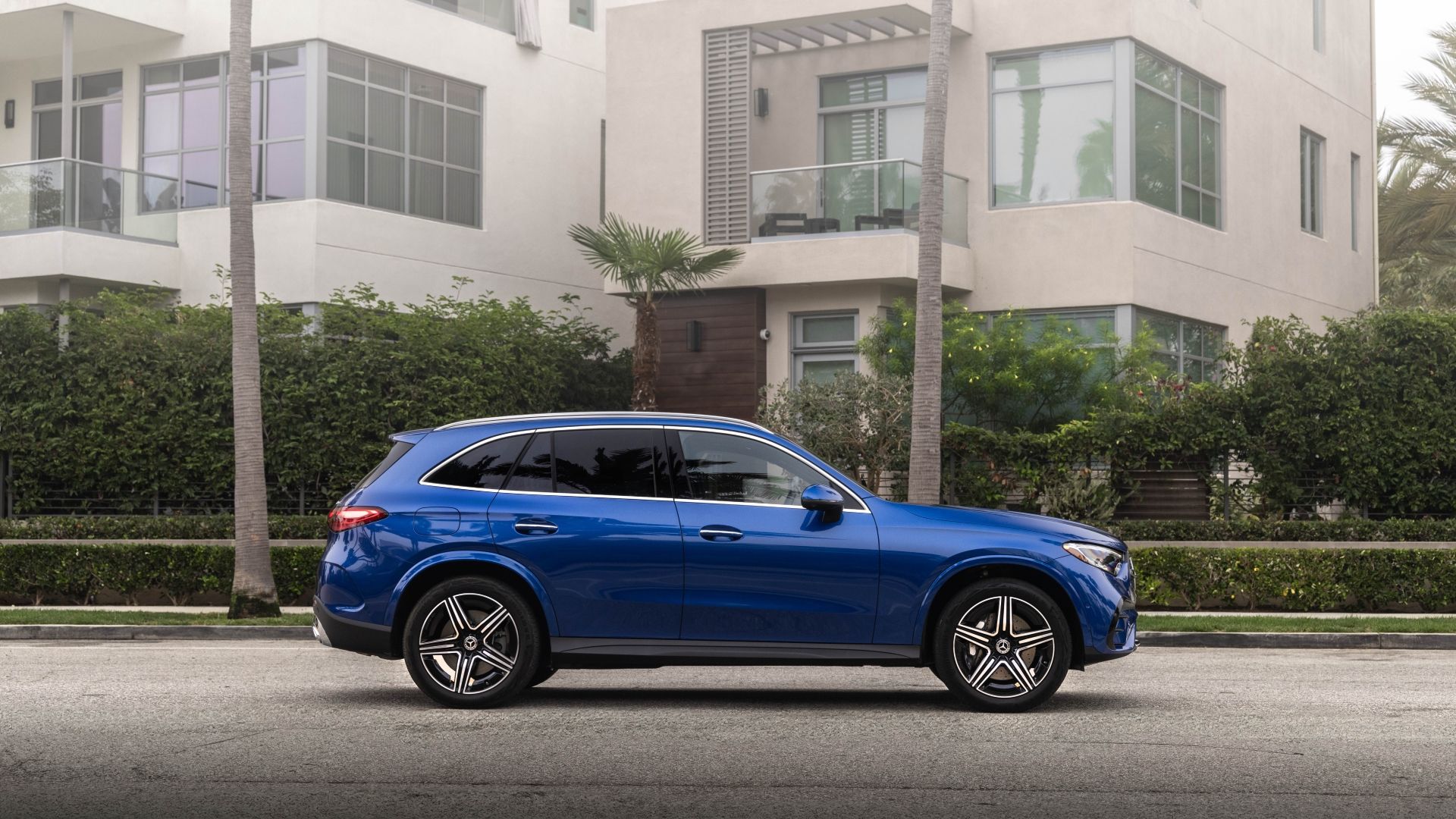
Related
The Plug-In Hybrid With the Longest All-Electric Range
This plug-in hybrid leads the pack with the longest all-electric range, offering impressive efficiency without sacrificing performance or comfort.
4
2025 Subaru Impreza
Depreciation After Five Years: 31%
Despite looking a little outdated, on the inside and the outside, the Impreza offers a ton of value in the compact car segment. It is exceptionally practical thanks to the hatch at the back, comes standard with all-wheel drive, and starts at a palatable $23,610.
Performance Specifications
|
Engine |
2.0-Liter Naturally Aspirated Flat-Four |
|
Transmission |
CVT |
|
Horsepower |
152 HP |
|
Torque |
145 LB-FT |
|
Driveline |
AWD |
|
0-60 MPH |
7.8 Seconds |
|
Top Speed |
125 MPH |
The Impreza is the most affordable new car that you can get in 2025 with all-wheel drive, including those that offer it as an optional extra. It isn’t particularly quick, even if you opt for the RS with the larger 2.5-liter engine, but it is exceptionally practical.
Pros
- Standard all-wheel drive
- Loads of interior storage
- User-friendly cabin controls
Cons
- Not the prettiest car to look at
- No more manual
- The RS needs more power
3
2025 Honda Civic
Despreciation After Five Years: 31%
If you’re looking for a value-for-money compact car, the Honda Civic is usually one of the first options that will be suggested to you. It has a long-running history of reliability and comes packed with standard features. It is a bargain with a starting MSRP of $24,250 and can even be had as a hybrid.
Performance Specifications
|
Engine |
2.0-Liter Naturally Aspirated Inline-Four |
|
Transmission |
CVT |
|
Horsepower |
150 HP |
|
Torque |
133 LB-FT |
|
Driveline |
FWD |
|
0-60 MPH |
8.9 Seconds |
|
Top Speed |
124 MPH |
The base powertrain offered in the Civic is sturdy but slightly underpowered, which you feel when you try to accelerate. A 181-horsepower hybrid model is offered, though, that can get from zero to 60 in 6.2 seconds and can get up to 50 miles per gallon in the city.
Pros
- Great curb appeal
- Quick and efficient hybrid model
- Spacious interior
Cons
- Base engine needs more power
- Gas-only models miss out on the best features
- Infotainment system is below par
2
2025 Toyota GR Corolla
Depreciation After Five Years: 30%
The GR Corolla gets its own entry because it is a very different machine to the regular Corolla. For such a high-performance car, it holds its value exceptionally well, in part because demand still outweighs supply. It starts at $38,860, which is a pretty low price for the performance it delivers.
Performance Specifications
|
Engine |
1.6-Liter Turbocharged Inline-Three |
|
Transmission |
6-Speed Manual |
|
Horsepower |
300 HP |
|
Torque |
295 LB-FT |
|
Driveline |
AWD |
|
0-60 MPH |
4.6 Seconds |
|
Top Speed |
143 MPH |
Toyota’s engineers have achieved some real wizardry by extracting 300 horsepower from a small inline-three, demonstrating the power of forced induction. It also features an advanced all-wheel drive system that allows you to split power sent to the front and back at different ratios.
Pros
- Impressive power from a three-cylinder
- Track-ready out the box
- Brilliant all-wheel drive system
Cons
- Production numbers are super limited
- Pedal placement makes heel-and-toeing hard
- Interior quality needs improvement

Related
The Affordable Electric Sedan That Challenges Luxury Automakers in 2025
This budget EV punches above its weight, offering premium features and impressive performance.
1
2025 Toyota Corolla Hatch
Depreciation After Five Years: 19%
Beating every other car by quite a large margin, the Corolla Hatchback holds its value the best, even better than the sedan which sees depreciation of 33 percent after five years. The Corolla remains simple, value-oriented transportation with a starting MSRP of $23,780.
Performance Specifications
|
Engine |
2.0-Liter Naturally Aspirated Inline-Four |
|
Transmission |
10-Speed Dynamic Shift CVT |
|
Horsepower |
169 HP |
|
Torque |
151 LB-FT |
|
Driveline |
FWD |
|
0-60 MPH |
8.3 Seconds |
|
Top Speed |
114 MPH |
All hatchback models come with a simple four-cylinder engine. The sedan, however, can be optioned with a hybrid powertrain. While not the slowest car in its class, the Corolla struggles to get up to speed, producing a racket in the process. However, it does deliver a fairly impressive ride quality.
Pros
- Particularly efficient
- Great suite of safety features
- FX trim looks great
Cons
- Engine makes some uncouth noises when you put your foot down
- Forgettable driving dynamics
- Less cargo capacity than the sedan



